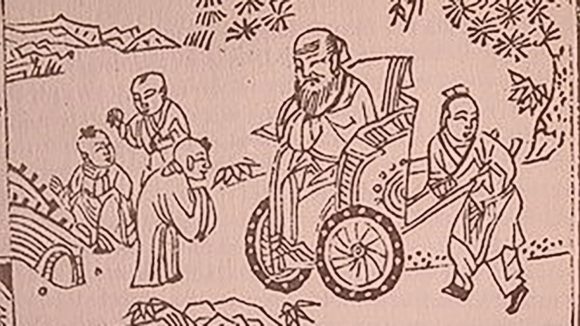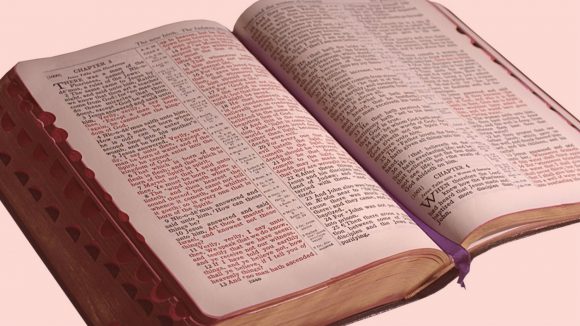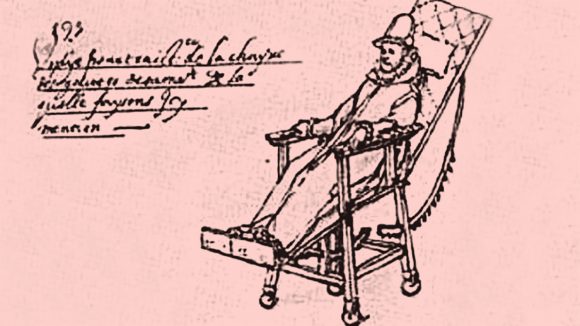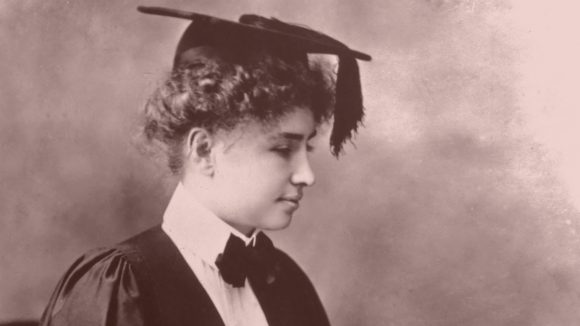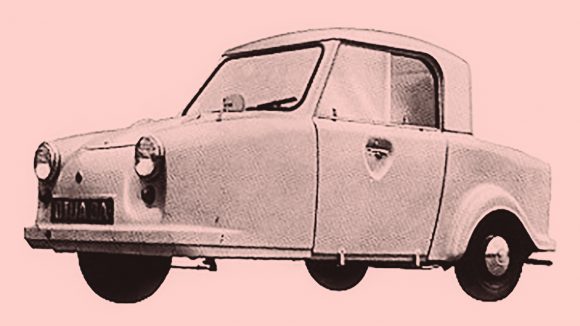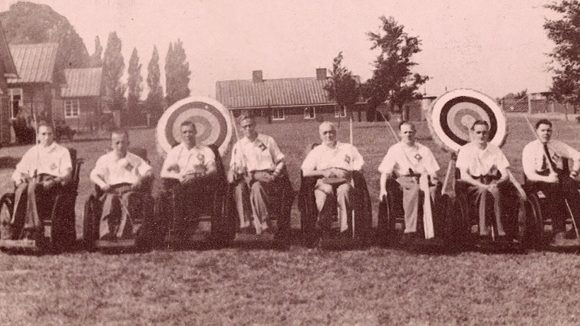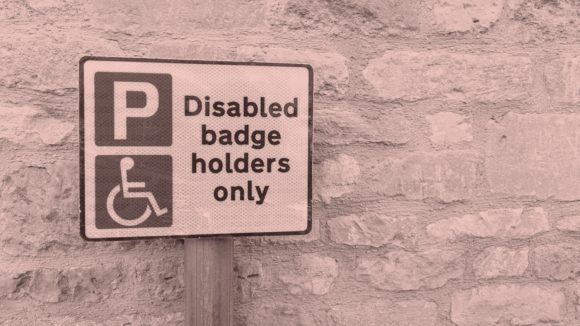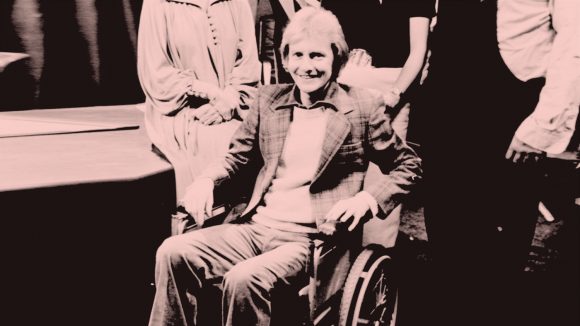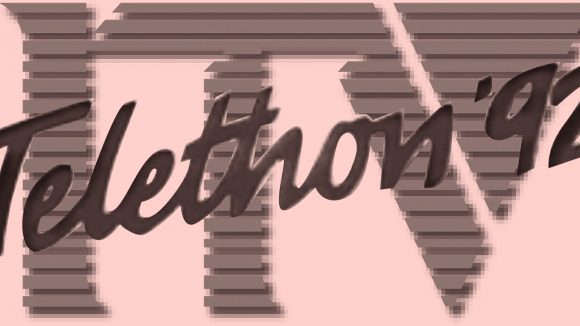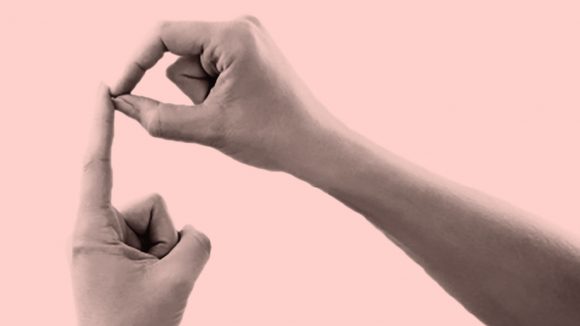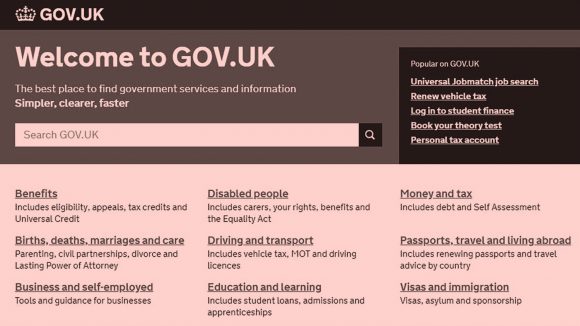A history of inclusion
From the Old Testament to the Paralympics and beyond: we track the progress of disability rights and accessibility from ancient times to the present day.

525 BCE
Images of wheeled chairs made specifically to carry people start to appear in Chinese art. It’s thought they were designed for members of the nobility, to make them seem important, rather than to help people with disabilities.
500 BCE
The Old Testament contains one of the earliest examples of disability awareness: ‘Thou shalt not curse the deaf, nor put a stumbling block before the blind, nor maketh the blind to wander out of the path.’ (Leviticus 19:14)
1300s
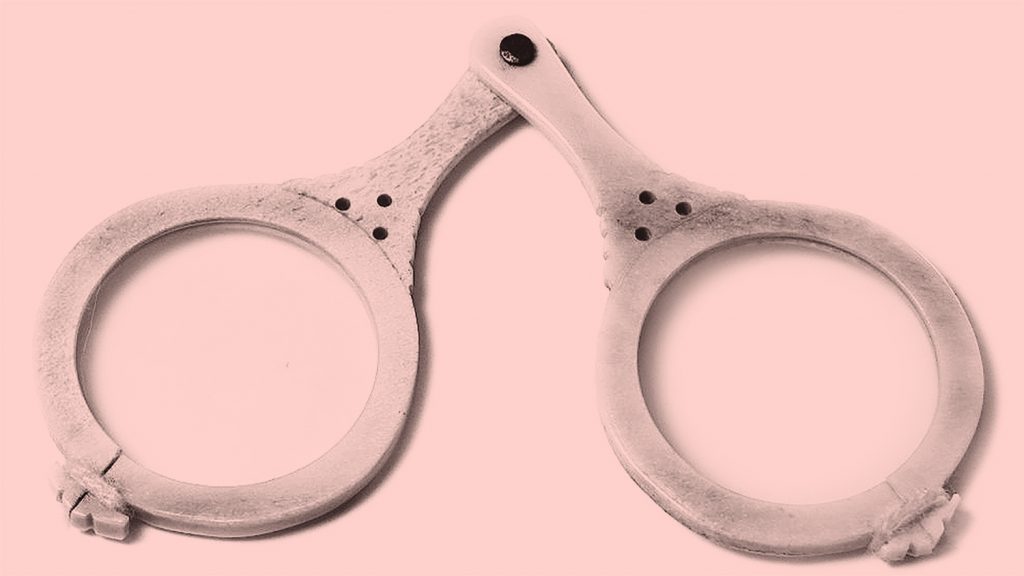
1550s
French battlefield surgeon Ambroise Paré invented artificial limbs including a mechanical hand operated by catches and springs. He started as a ‘barber surgeon’, in the days when barbers also removed teeth and amputated limbs. (The striped barbershop pole represents the bloody napkins used during bloodletting.)
1595
The first wheelchair designed for disability was built for King Philip II of Spain. The ‘invalid’s chair’ had small wheels attached to the end of its legs, and a platform for the king’s feet. It couldn’t be self-propelled – it’s likely the king always had servants transporting him around.
1824
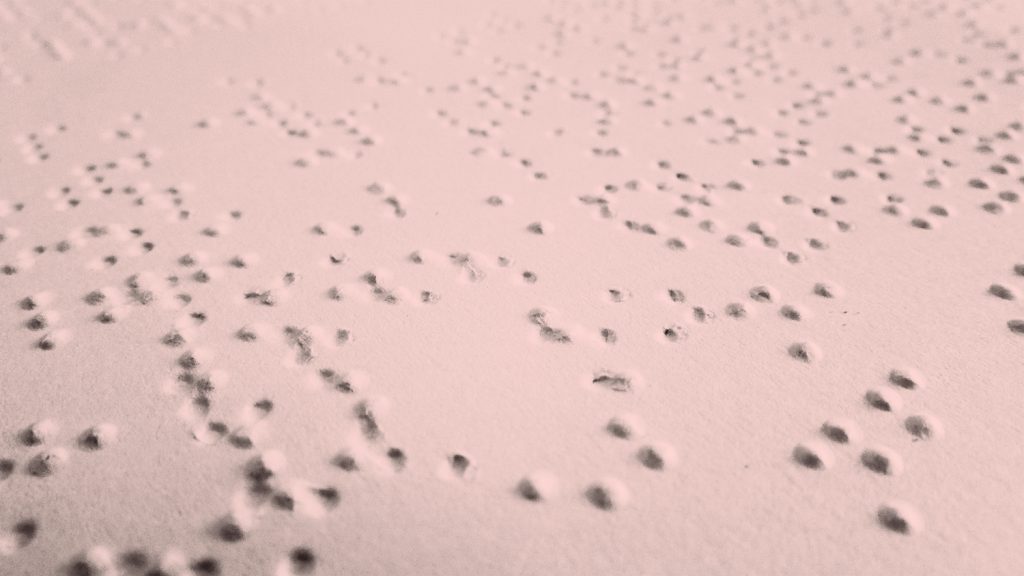
1880
Helen Keller was born in Alabama in the US: at 19 months old she caught an illness – possibly meningitis – that caused her to lose her sight and hearing. Her teacher, Anne Sullivan, who was also blind, devised a system for communicating with her by spelling out words in her palm. Helen later became the first deafblind person to earn a degree.
1925
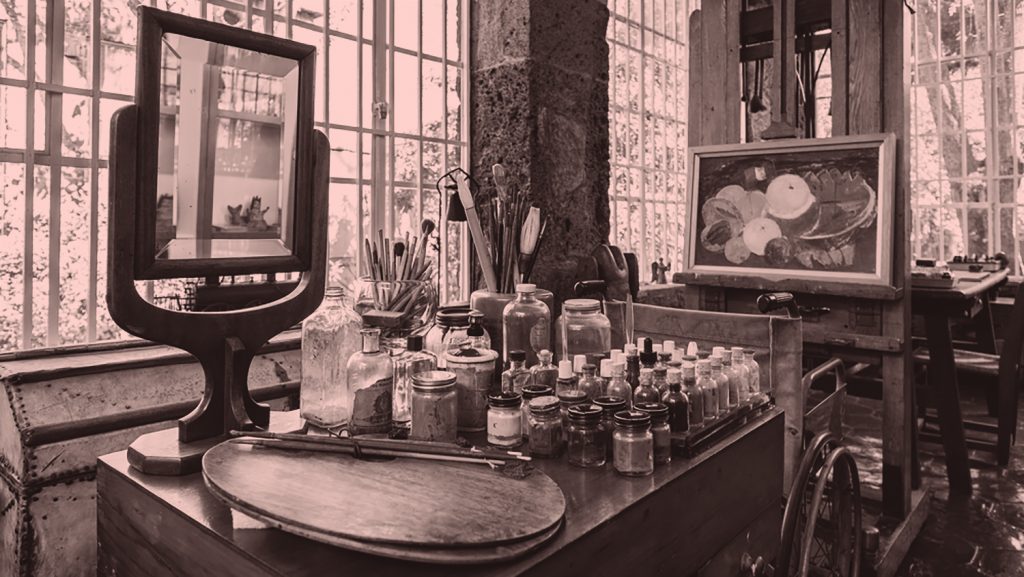
1946
After noticing the number of men injured in the war, Bert Greeves started building single-seater cars for people with physical impairments. With three wheels, blue paintwork and handlebars instead of a steering wheel, the Invacar (aka ‘invalid carriage’) was a common sight on UK roads in the 1960s and 70s. In 2003 they were recalled and scrapped as they did not meet new safety standards.
1948
A group of war veterans with spinal injuries competed in an archery contest at the Stoke Mandeville Games, marking the birth of the Paralympics movement. Previously, athletes with disabilities had competed at the Olympics: in 1904, US gymnast George Eyser, who had an artificial leg, won three gold medals in a single day.
1963
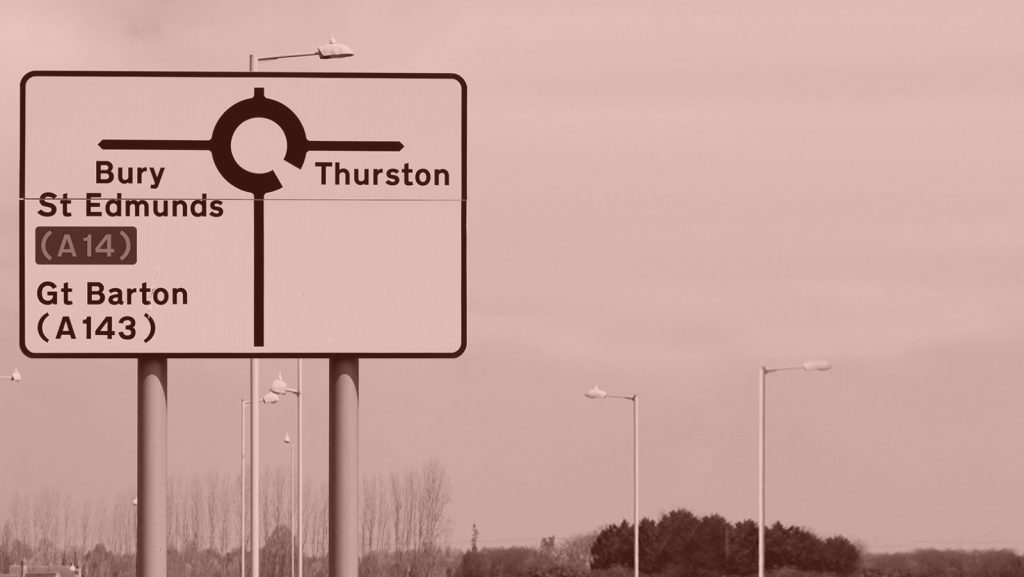
1970
The UK’s Chronically Sick and Disabled Persons Act was introduced to give legal rights to people with disabilities. Public buildings were required to provide parking and toilets for people with disabilities, and blue badge permits for cars were introduced to allow disabled drivers to park in places where other drivers can’t, such as on double yellow lines.
1972
British TV soap Crossroads was the first to feature a character with a disability. Roger Tonge, who played Sandy, had been diagnosed with Hodgkin lymphoma, which affected his mobility – he could only appear sitting or lying. Rather than writing him out, a plotline was developed where Sandy was paralysed in an accident and started using a wheelchair.
1981

1992
Up to 1,500 disabled people protested against ITV’s 24-hour Telethon fundraiser, which they said showed a ‘pitiful’ portrayal of people with disabilities. They chained themselves to buses and blocked traffic with their wheelchairs. “The police arrested us, then let us go as they didn’t have accessible vehicles to take us away,” said one protester.
2003
British Sign Language (BSL) was officially recognised by the UK government as a full, independent language. It is very different to its US counterpart, American Sign Language (ASL) – the two are mutually unintelligible, even though both countries share the same spoken language.
2006

2013
The GOV.UK website won the Design Museum’s Design of the Year award for its “well thought out yet understated design”. It aimed to set new accessibility benchmarks with a simple layout that could be used by everyone. The Daily Mail missed the point entirely: it made fun of the site with the headline: “And the award goes to boring.com.”
Learn why accessible design is so important to us
Perspectives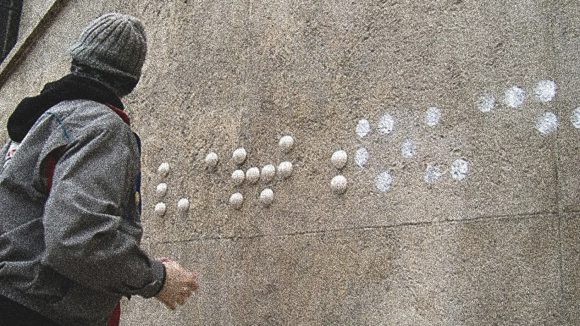
Braille in the spotlight
More than 200 years after it was invented, Louis Braille’s tactile code is holding its own against modern technology, and is inspiring designers and artists to get creative.
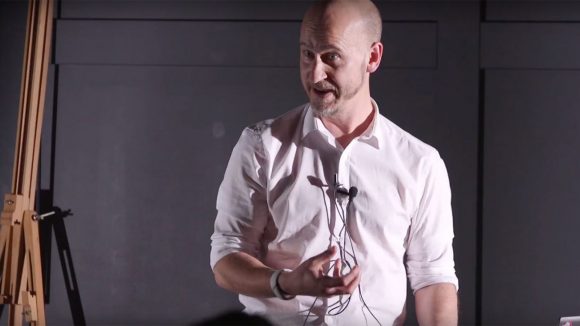
How Microsoft is championing inclusive technology
Microsoft’s Hector Minto shares groundbreaking accessibility features that aren’t just aimed at people with disabilities.
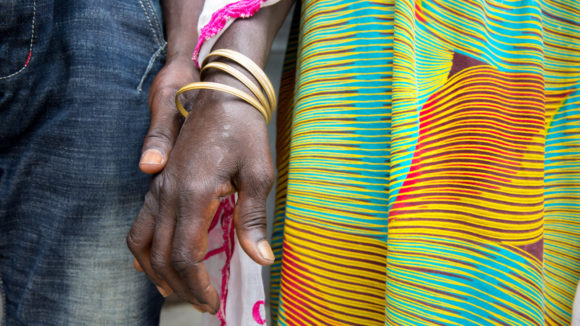
How we make our work inclusive
Ensuring your work can be understood by everyone should be an essential part of all your communications. Here’s a rundown of how to do it.
